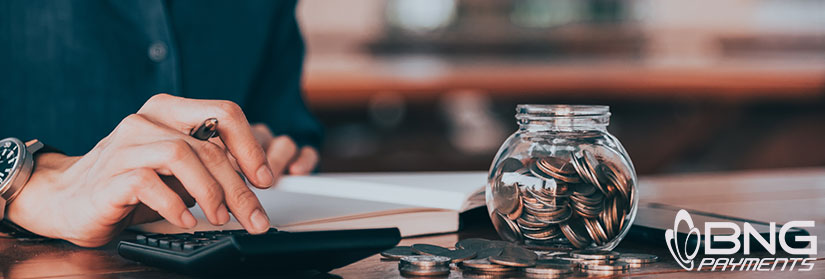
One of the most common questions we get from a customer is why their credit card processing rates can’t be under 1% per transaction.
Lots of businesses receive phone calls on a weekly basis from some salesperson promising they could only pay 1% if they would switch to their services.
The sad truth is there’s no such thing as a 1% processing rate. No matter what a salesperson tells you, it is impossible to be charged that little when processing a credit card.
How do we know that?
We’re not trying to become the killjoy, but 1% processing rates are just one of those promises that can never be true (unless your processing company is losing money every time they sign up a new customer).
There are universal rules on how processing costs are calculated, and we can help you understand why the 1% processing rate is a lie. Our goal is to prevent you from accidentally overpaying a processor who promised you a 1% flat rate.
Now, when a company is offering you a 1% on every transaction, chances are there is a half-truth hidden in that statement. Usually, when a processor promises you 1% in processing costs, they are referring to 1% ON TOP of interchange, which is a non-negotiable cost you have to pay to accept credit cards.
Interchange rates are the specific amount the card brand (like Visa, MasterCard, American Expression, etc.) is charging for each card that is swiped. A Visa corporate credit card keyed in is going to cost more (2.250 % + 20¢) in interchange rates, compared to a Visa debit card-present transaction (.05% and $0.22¢).
If you want to search other cards interchange rates, they are available to the public on their websites, here’s a Visa’s downloadable file of current interchange rates.
When a processor is claiming they can give you a 1% rate, they usually mean it will be 1% over interchange rates for the card. Which could be 1.800% + 15¢ for a card-present swiped transaction, or 3.250% + 20¢ for keyed Visa corporate card.
That’s all well over 1% per transaction, as the interchange rates dance close to that 1% limit before the processor even ads their costs into the mix, as they have to make some profit on top of the interchange rate.
That’s why you can know with certainty any processor offering 1% transaction is going to be leaving out the cost of interchange, so don’t fall for that misleading promise.
As you noticed above with interchange rates, credit card providers like to add low cost on every transaction.
Now a lot of times when you look at cents as a small expense, but if you’re getting charged 2% + .50¢ per transaction that can add up.
If you’re running large ticket item purchase (say anything over $20), that added 50¢ is not too bad to pay of a price to pay. But on a smaller ticket item, that 50¢ adds up quick.
A $5 ticket item charged at 1% + .50¢ is not a good deal, because .50¢ translated into a percentage is 4% of $5, plus the other 1%, coming out translates to 5% in processing costs per $5 transaction.
50¢ on a large transaction isn’t as much, but you need to be careful if you’re processing smaller ticket items.
Now that you know 1% processing costs is a myth, how can you tell if you are getting charged a fair rate?
Businesses processing more business or corporate cards are often going to have higher processing rates due to the risk of it being a “card-not-present” transaction, and because business cards have higher interchange rates from the credit card provider companies.
Some time spent looking at your statement and doing some calculations can help you determine if you’re overpaying on each transaction.
Don’t want to calculate your costs? Contact us for a free rate analysis, and let us see how much your processor is charging you.
